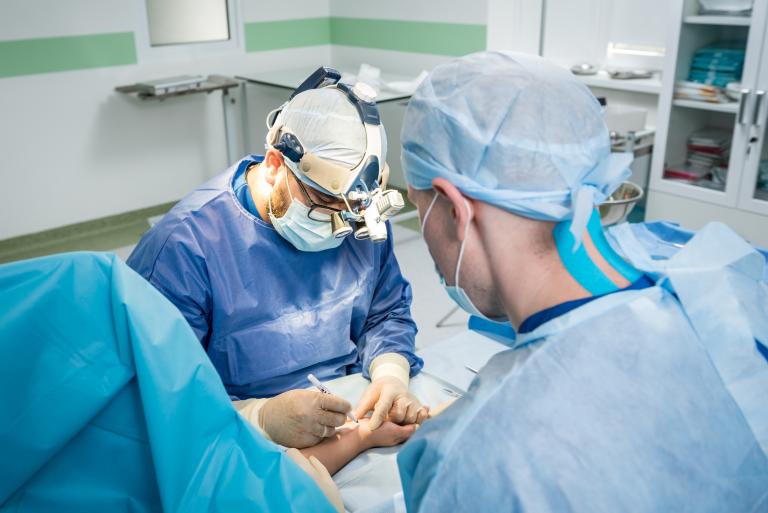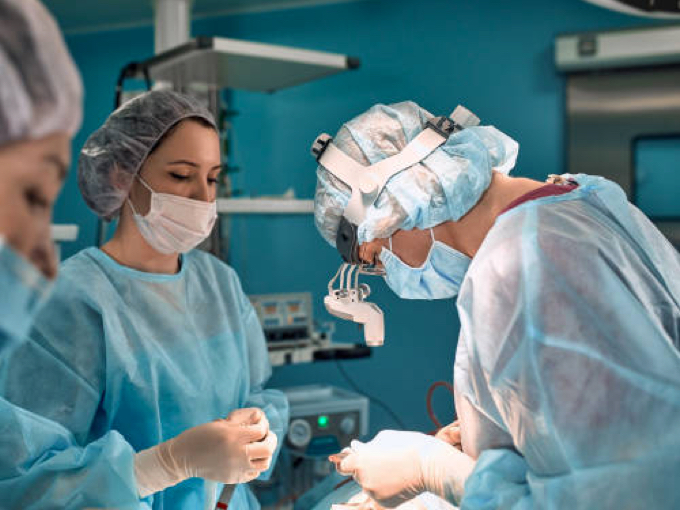
What is Trigger Finger and how does it develop?
Flexor tendons help your fingers and thumbs bend. These tendons have a lining called tenosynovium. The tendon and lining is covered with soft, thick tissue called pulleys, which the tendon and lining glide through without friction.
Each component needs to stay a certain size for the system to operate efficiently, otherwise it can stop the tendon from moving back and forth. When the tendon is tight, it squeezes the lining and creates fluid. This fluid can cause increased pressure.
Trigger finger develops when either:
- The tendon increases in size and no longer glides through the pulley.
- The lining increases in thickness and no longer glides through the pulley.
- The pulley thickens and no longer allows space for the tendon and lining to glide through.
Thankfully there are several treatments for trigger finger, including reconstructive plastic surgery. The condition can be diagnosed through an appropriate history, hand examination and supportive imaging such as an ultrasound.
